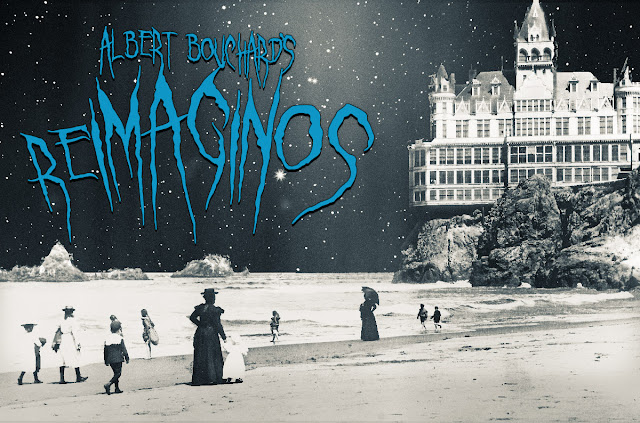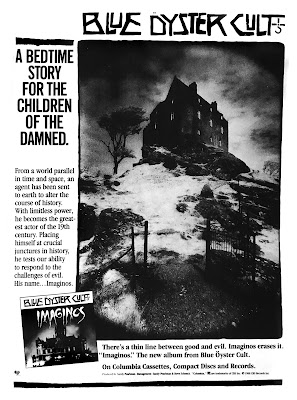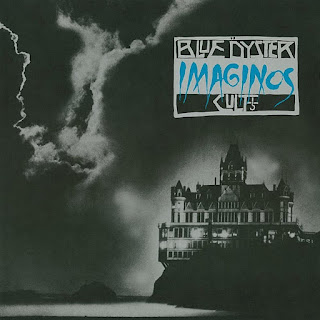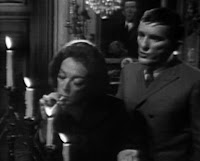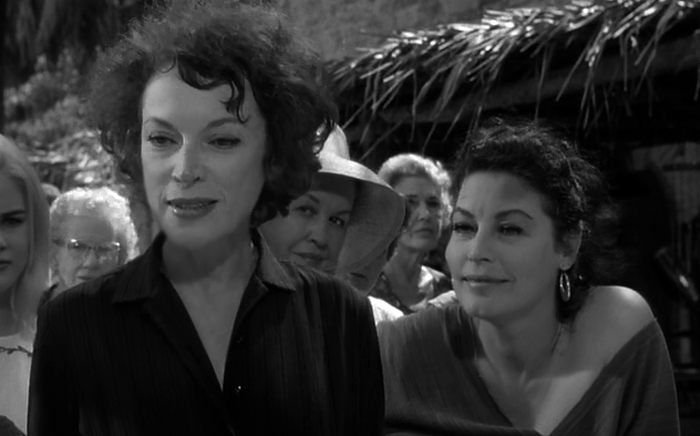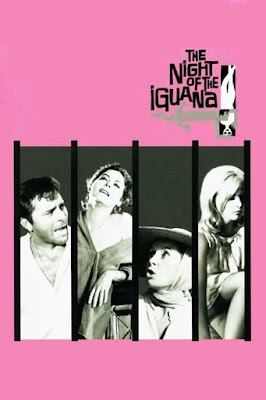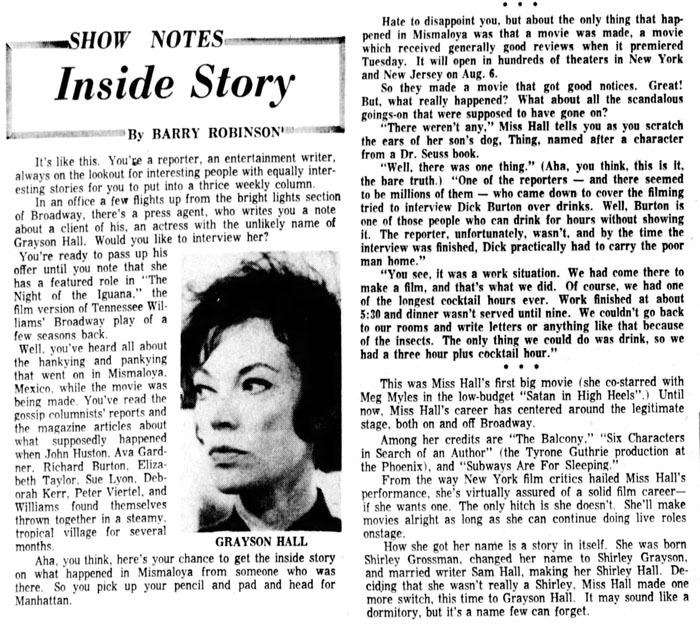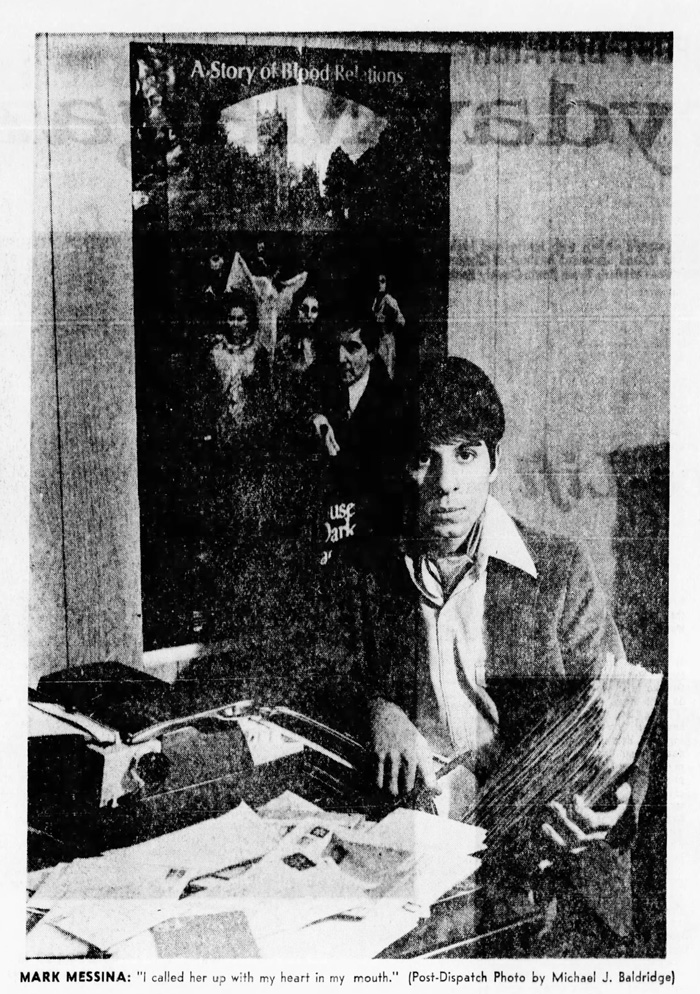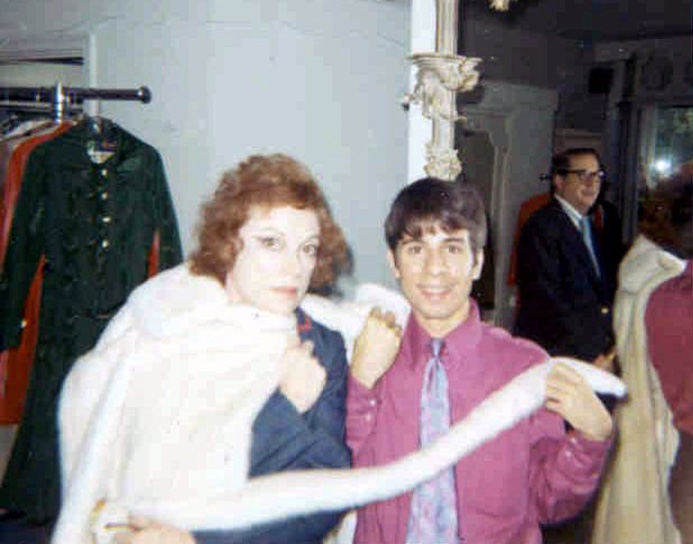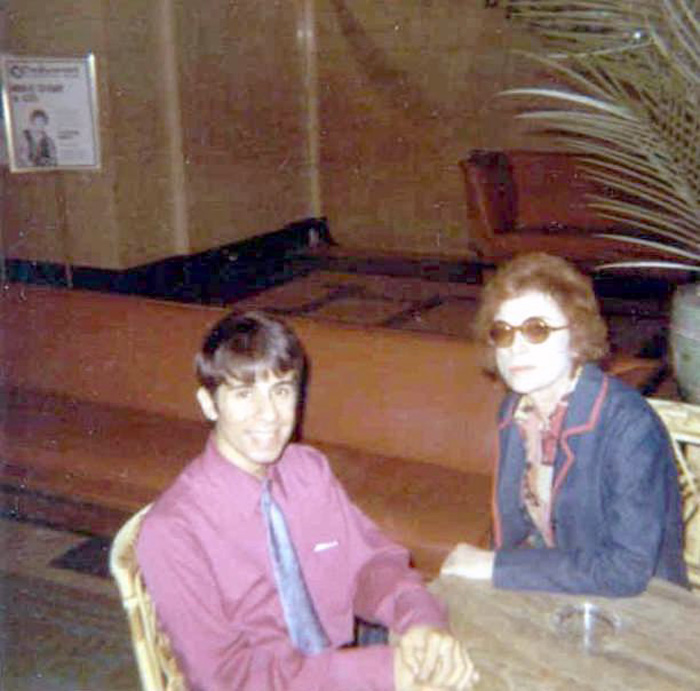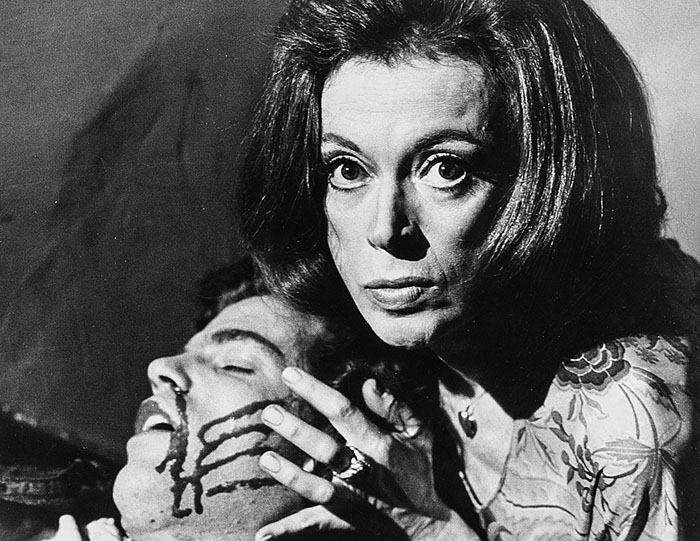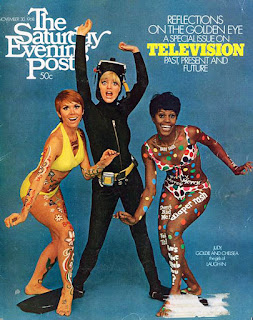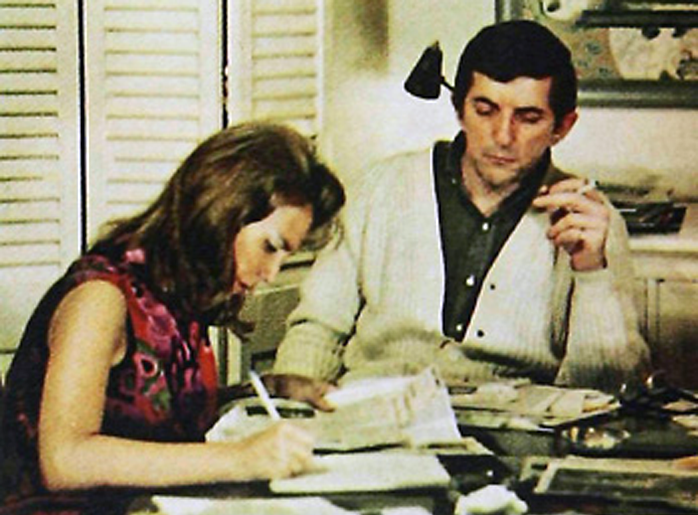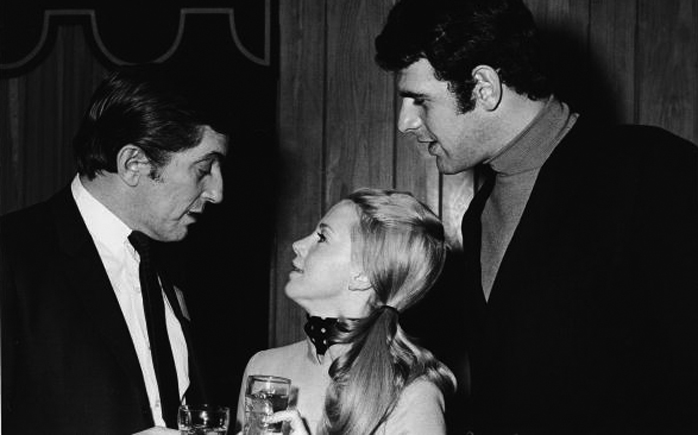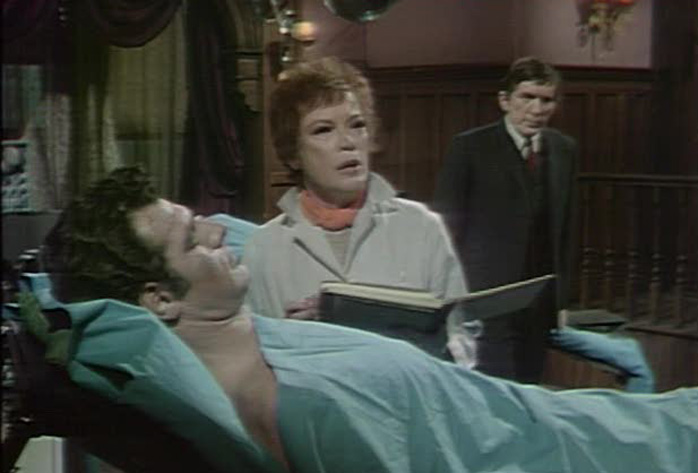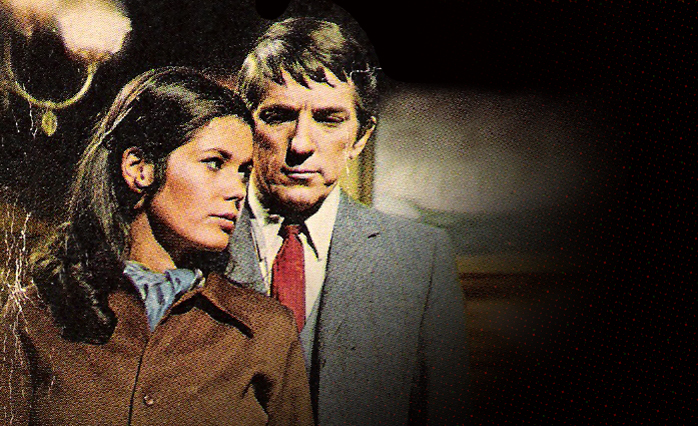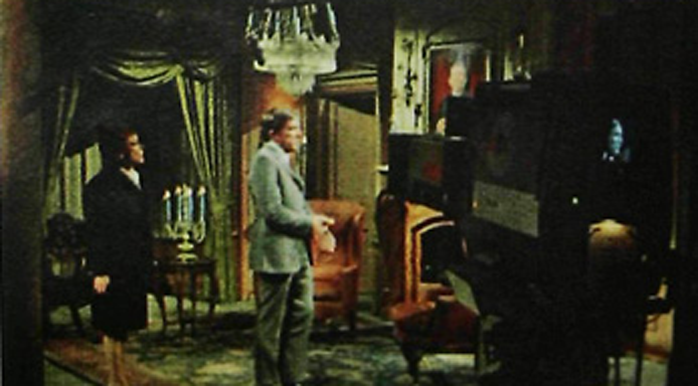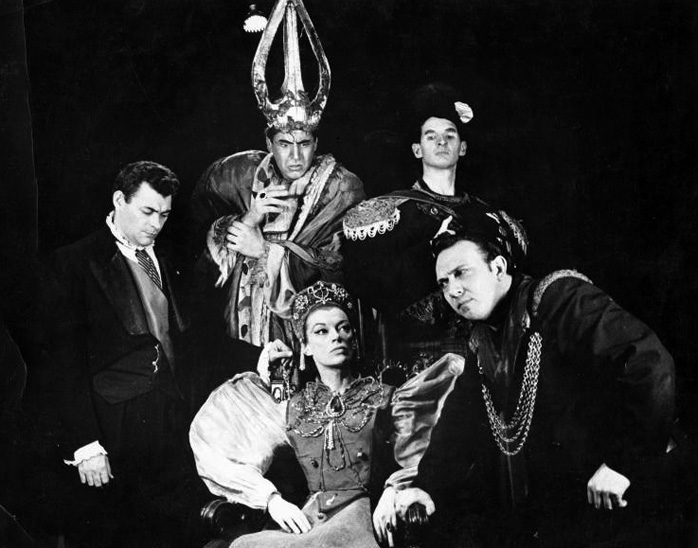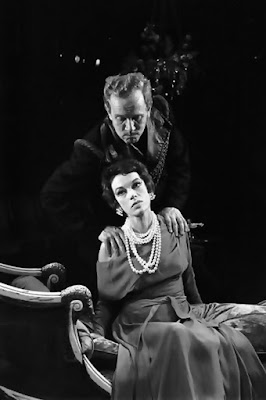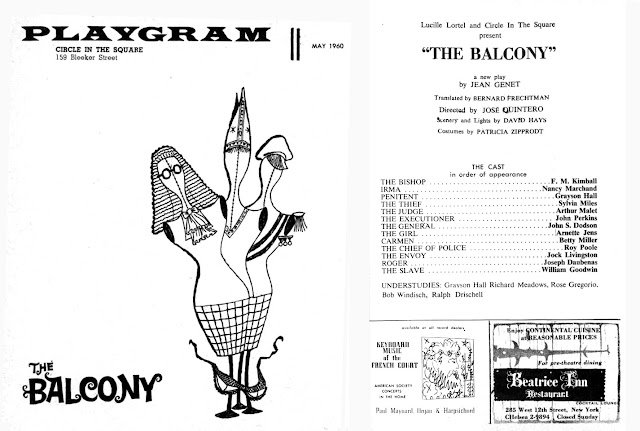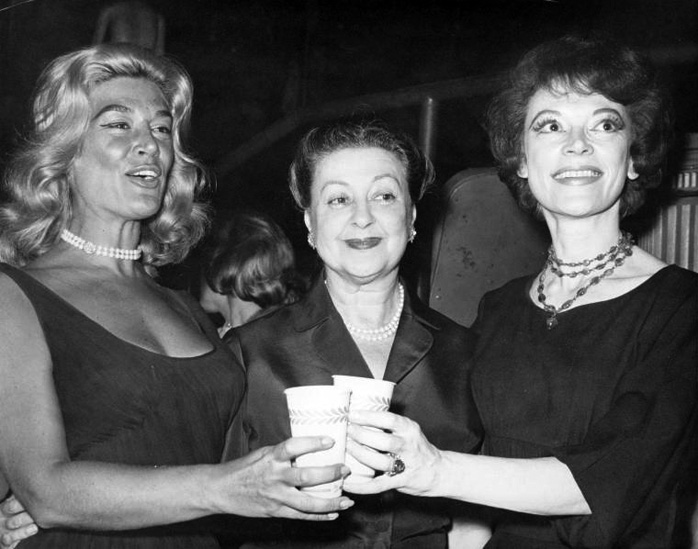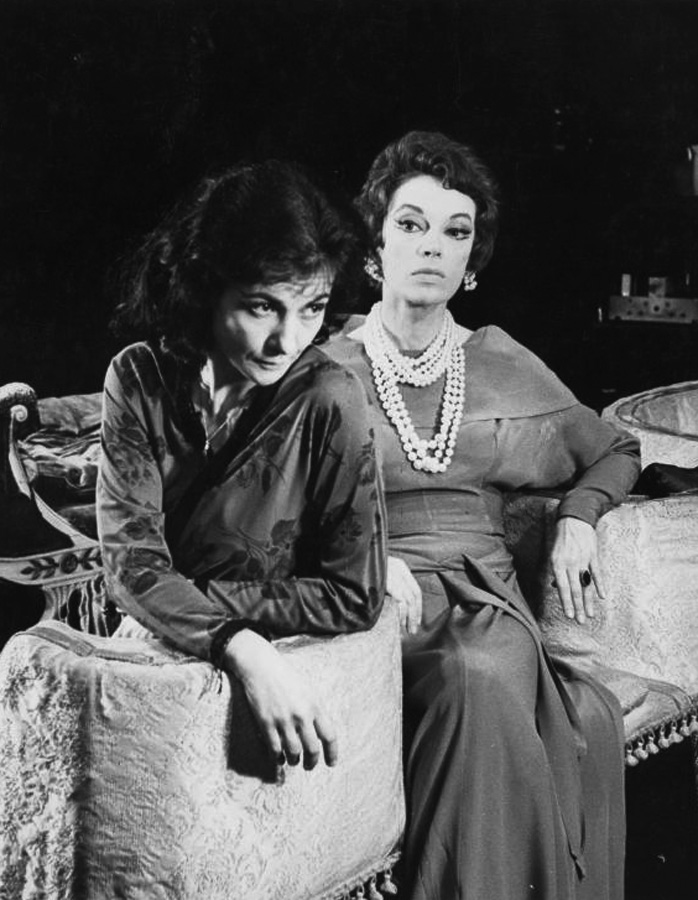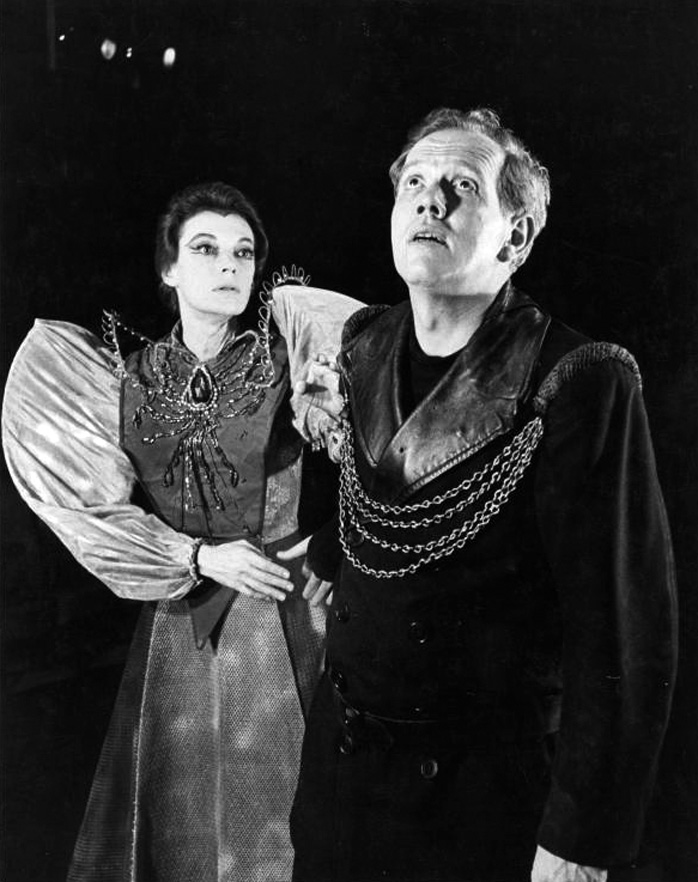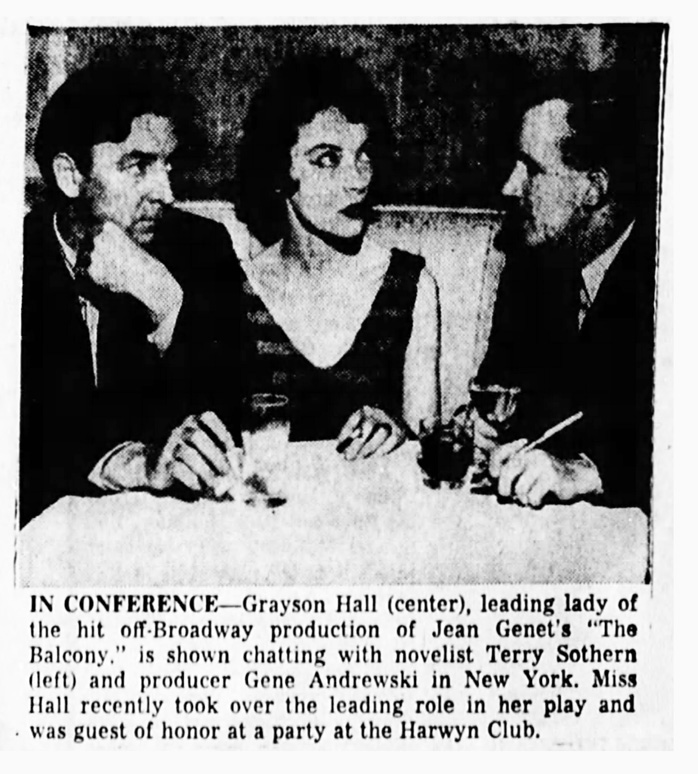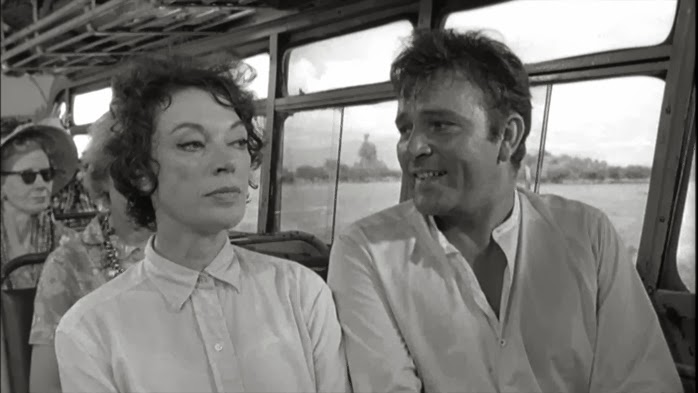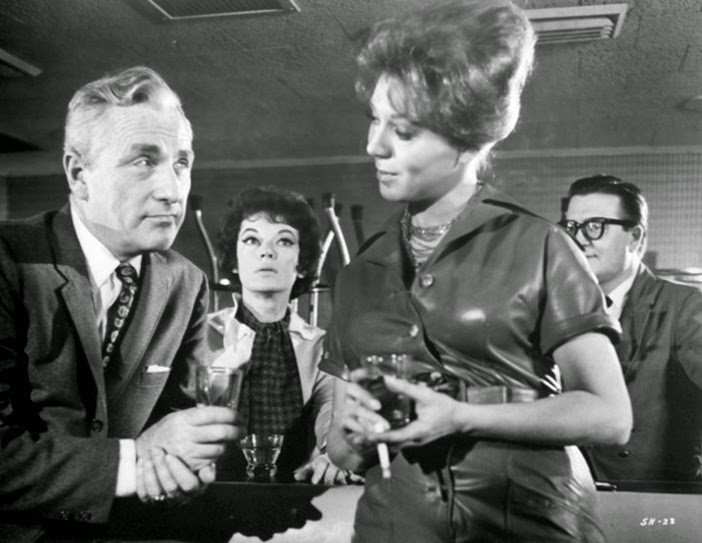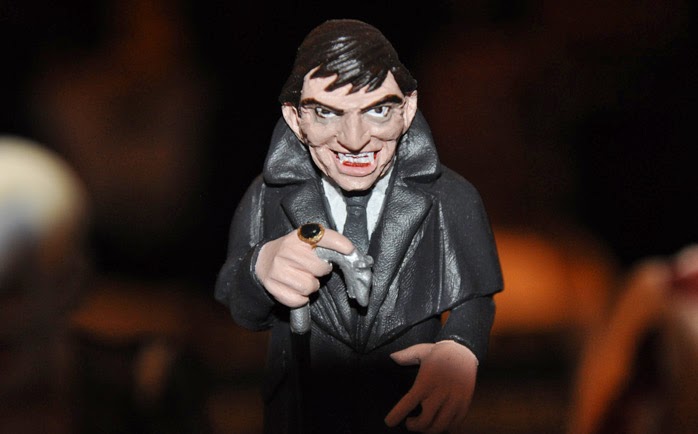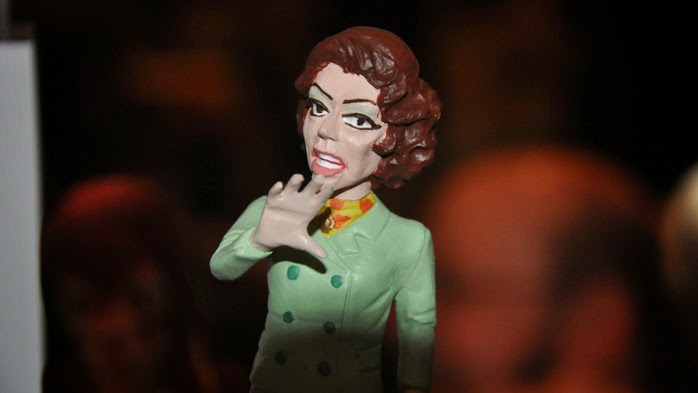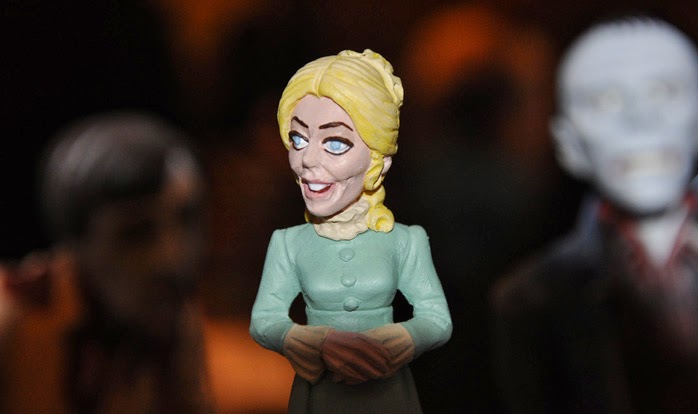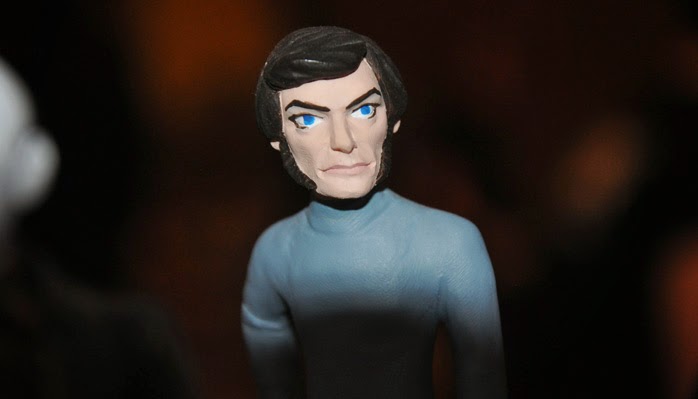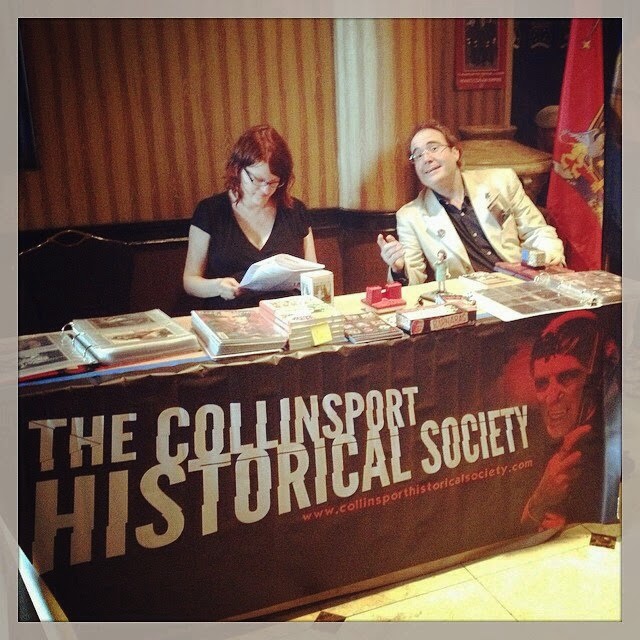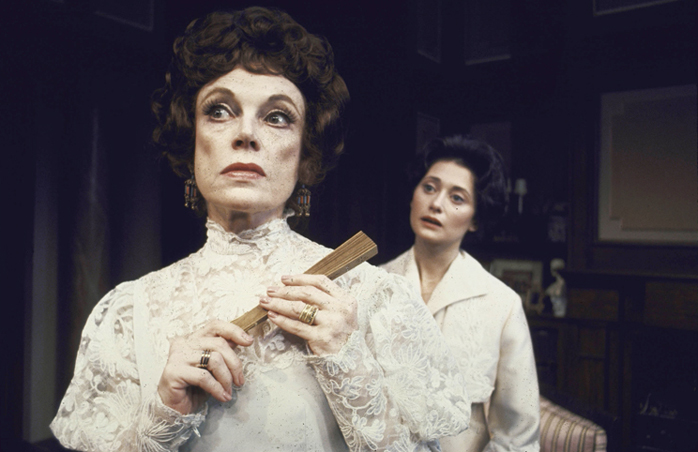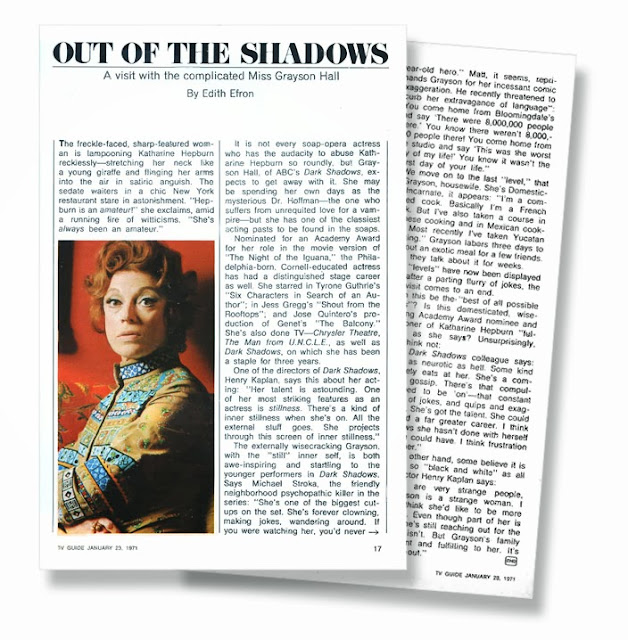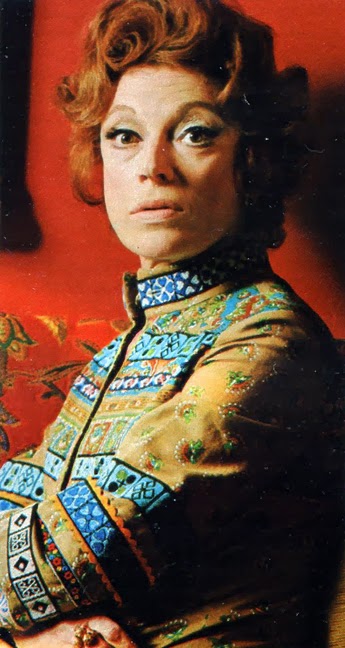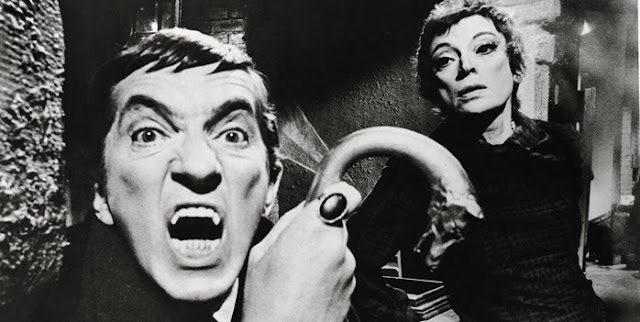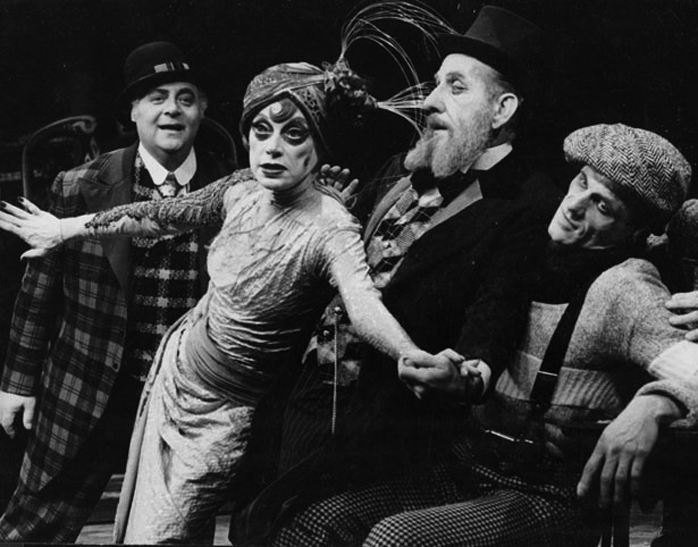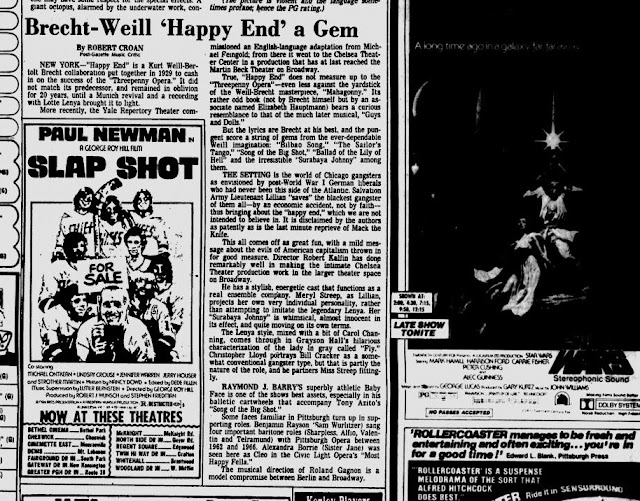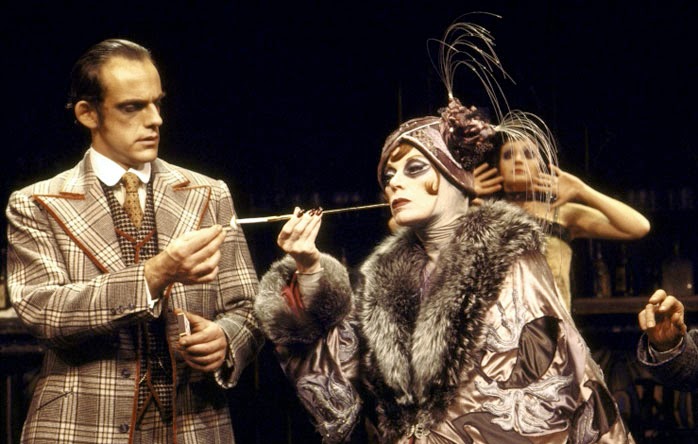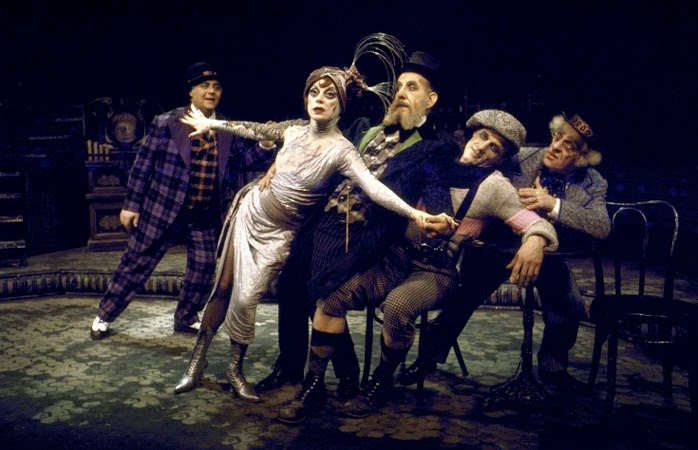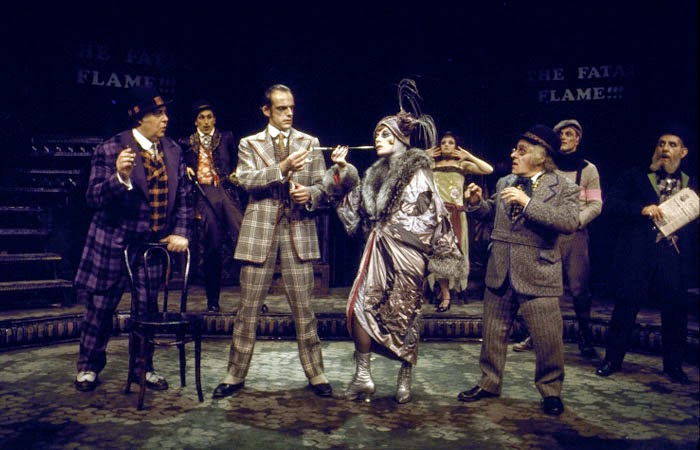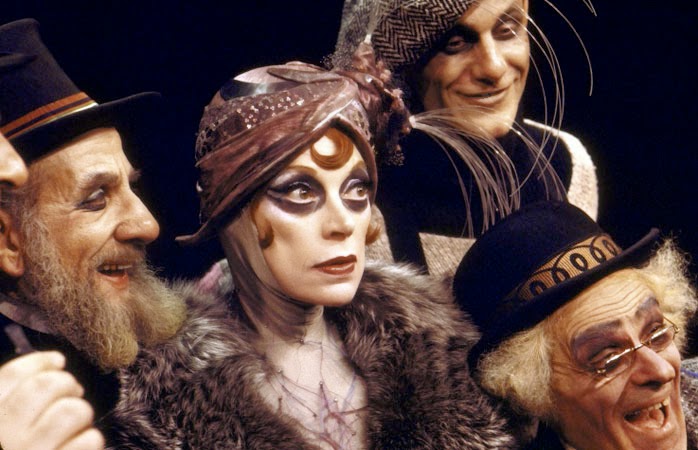By Wallace McBride
There will probably never be a definitive version of Imaginos. There was a time when I would have written off that inconsistency as a bug, but Re-Imaginos — the latest installment in the occasionally on-going saga — suggests that inconsistency might be an essential feature.
Imaginos — both the character and the song cycle — has been lurking in the fringes of pop culture for about 50 years now, brushing up against the likes of Metallica, Academy Award nominee Grayson Hall and Stephen King along the way. The vision of long-time Blue Oyster Cult manager Sandy Pearlman, Imaginos tells the story of an "actor in history" commissioned by alien powers to push mankind toward an apocalyptic confrontation with evil. Think of it as Zelig filtered through H.P. Lovecraft and Joseph Campbell."The Soft Doctrines of Immaginos" (as it was originally called) began during Pearlman's college years in the 1960s, and found its first toehold when the psychedelic rock band The Stalk Forest Group abruptly swerved into heavy metal territory in 1971 when it became Blue Oyster Cult. In need of darker themes, Pearlman's stock got an overnight bump in value as his lyrics about occult sciences, satanic bikers and end-of-the-world rock concerts found an immediate home in the band's repertoire.
While Blue Oyster Cult balked at the idea of devoting an entire album to a solitary idea, songs from Pearlman's Imaginos epic leaked into the band's catalog over the coming years. Their 1974 album Secret Treaties served as a backdoor pilot of sorts for the rejected concept album, featuring at least three songs devoted to the as-yet unnamed "Imaginos" character. The liner notes include the cryptic (and unexplained) footnote:
"Rossignol's curious, albeit simply titled book, 'The Origins of a World War', spoke in terms of 'secret treaties', drawn up between the Ambassadors from Plutonia and Desdinova the foreign minister. These treaties founded a secret science from the stars. Astronomy. The career of evil."
"Aggression unchallenged is aggression unleashed," was the album's tagline ... which doubled as the secret logline for the entire Imaginos saga. You can hear Grayson Hall pitch Secret Treaties to the masses in the video below.
The band began to resist Pearlman's gravity in 1975, leading to fewer of his lyrics finding their way to Blue Oyster Cult albums. It's difficult to say how many of his later lyrics were related to Imaginos, but it's likely that some of his work (Extra-Terrestrial Intelligence, I'm looking at you) simply hasn't disclosed its familial relations yet. Pearlman busied himself in the latter half of the decade producing albums for The Clash and The Dictators, and it appeared Imaginos had met his end.
When drummer Albert Bouchard exited the band in 1981, he and Pearlman went to work on an album dedicated exclusively to the Imaginos concept. Pearlman and Bouchard were the central nervous system of BOC, and if anyone could make Imaginos finally happen it would be them, right? Turns out the answer was "sorta." Behind-the-scenes drama saw the album wrestled away from Bouchard, becoming a formal Blue Oyster Cult release in the summer of 1988. Much of his performance was erased, his vocals replaced by other band members and singers. The convoluted process even roped in such talent Robbie Krieger (The Doors), Joe Satriani and Marc Biedermann (Blind Illusion). During its lengthy gestation period the album endured so many overdubs and do-overs that it's almost impossible to trace everybody's contribution. Aldo Nova, for example, is one of the musicians credited as part of "The Guitar Orchestra of the State of Imaginos," but reportedly has no memory of playing on the album.And it gets weirder. Because Pearlman lacked the time and money to include all of the songs intended for the planned double-album release, many tracks were deleted and the album condensed into a single 55-minute disc. The songs were then shuffled out of order to create a conventional track sequence. The bizarre assembly of non-linear songs was masked by the pretense of being a "random access myth." Chaos had always been central to the events surrounding Imaginos, so grafting chaos to the narrative was a good fit.
It also had the unintended effect of making Imaginos a deeply interactive experience. Pearlman's already cryptic lyrics became a Gordian Knot of words. Fans worked to not only decipher the meanings of individual songs, but also to assemble the scattered tracks into a whole story. Meanwhile, casual fans rejected Imaginos as not being (or sounding) much like a BOC album, while more serious fans continue to nurse a variety of grudges over its piecemeal, contentious production. For some folks its neither fish nor fowl.
It didn't take long for 1988's Imaginos album to go out of print. Which is tragic, because Pearlman's self-proclaimed "solo album" is one of rock's legitimately occult experiences. Not because of the story's many nods to voodoo, Rosicrucianism, cosmicism and indigenous legends; but because the experience of exploring its songs — for those who are open to it — is almost numinous. There's probably even a book to be written on how Pearlman's original vision for Blue Oyster Cult predicted the advent of chaos magic a few years later. I had about 2,000 words written at the start of this piece about astral documents, memetics, the evolution of the Necronomicon from fictional plot device to player in numerorous American conspiracy theories, and how all of THAT related to Imaginos ... but I've probably bored you enough with metaphysics. Besides, we're here to talk about Re-Imaginos.
There have been at least three versions of Imaginos released over the years, all of which have conflicting track listings. The first version was the 1988 album, the second a leaked collection of Bouchard's earlier "demos" (actually low-quality recordings of his final tracks, including the deleted songs) and the release last week of Re-Imaginos, which sees Bouchard revisiting these songs in quieter, spookier arrangements he believes are better suited to the material. With Re-Imaginos, Bouchard gleefully tosses more mud into the waters, settling on a song sequence that thumbs its nose at previous attempts at constructing the Imaginos tale into a coherent narrative and breaking those songs down into four movements: Quandry, Sublime, Ghost and Dance. He goes a step further by including a new version of Workshop of the Telescopes, a song from the first BOC album in 1972 that, until recently, was not known to be part of the Imaginos storyline.Confused yet? Here's Stephen King to give you a concise explanation of the story, one that doesn't require any prior experience with the music.
There's quite a bit more taking place on Re-Imaginos than a re-shuffling of the deck. This isn't just an unplugged version of the original recordings; Bouchard fully disassembled the original songs in order to breathe new life into them. Some of the arrangements seem at cross purposes to their original recordings. The Siege and Investiture of Baron von Frankenstein’s Castle at Weisseria was maximum strum and drang in the original interation. Guest vocalist Joey Cerisano delivered a performance that would shame Ronnie James Dio, while Satriani and Biederman clash electric guitars throughout. I can't imagine anyone could have predicted Bouchard would ever reimagine this song as a tango (or is it a rumba? Salsa?), replacing the lead guitars (mostly) with violin. And it works. Not just as an indepedent track, but also as a thematic lead-in to The Girl That Love Made Blind, a song both literally and figuratively about dancing ... and time travel, astrology and immortality, all tarted up as a gothic Christmas long song.
The Girl That Love Made Blind was one of the songs that didn't make the final cut on the 1988 album, which was a sin. It was one of the best songs written for that album, and it's one of the best on Re-Imaginos. But the real showstopper on the new album is Astronomy, which might be the definitive version of the song. If you were to conduct a poll about BOC's best tune ... well, (Don't Fear) the Reaper would absolutely win. But, if you were to sequester the fans who could name more than one song by the band and poll those people? I'd bet Astronomy would come out on top. It's proven to be an endlessly flexible song, adapting itself to metal, classical guitar, jam music and whatever that version on the 1988 Imaginos album was. (I LOVE that take, for the record.) The new version features a really interesting, weighty rhythm that that moves like a behemoth. The new arrangement also shows that Bouchard has been paying attention to how other artists (and his old band members) have interpreted Astronomy over the decades, picking and choosing elements to create a song that kind of sounds like all of them while sounding specifically like none of them. Astronomy is a song with a lot of history behind it and Bouchard wisely doesn't ignore that.
And then there's the album's title track. Bouchard comes so close to redeeming what was nobody's favorite song on the original album. (Putting it last on the 1988 version had the added benefit of never having to skip it.) It's not exactly a bad song ... it just never earns its keep. Being the title track for an album like this might make its rent disproportionately high, but nobody ever said life was fair. A title change might benefit this song to a degree, but the real problem is the lyrics, which don't have much to say until the closing act. I'd be interested in hearing what people think about this version of the song, but the original probably wasn't popular enough to provoke any strong feelings in fans one way or another. We're all probably going to be busy fighting among ourselves about Astronomy.
Les Invisbles improves on the original in just about every way and creates a sense of urgency in its rhythm that was missing from the electronic drone of the original. Gil Blanco County, a song whose placement in the overall sceme of things still baffles me, is a wonderful mishmash 60's folk music, the faux classical guitar styles so beloved of '80s thrash, and surf guitar. None of those things ought to play well together, but they do. There's a subtle sadness to this version of Gil Blanco County that's reminiscent of early BOC, whose lyrics often demanded to know If U Are Ready 2 Rock, but whose melodies suggested you stay home and read Carlos Castaneda instead.
Magna of Illusion might be the only real failure here. The song served as the climax to the 1988 album, but the new take is s little ... shapeless? Structurally, Magna is one of Bouchard's most impressive songs, the prior arrangement gaining strength as it moved from verse to verse, ultimately leaving the listener stranded on a real fucker of an ending ("... and then World War I broke out!") It's easily the most operatic tune on the album, one shunning traditional choruses in favor of ratcheting up the tension as the song unfolds through guitars and spoken-word performances. But the spooky analog version of the song on Re-Imaginos is never given much room to breath, though. It rushes to the finish line and winds up feeling small.
With Les Invisibles moved to the end of the album, Magna of Illusion doesn't carry the full burden of delivering the story's climax. We still get that downer ending, only this time via a doom-laden march threatening the arrival of whatever is pulling our anti-hero's strings.
Re-Imaginos feels almost miraculous. I still have trouble believing Bouchard was willing to return to this demon haunted project, and that it happened during this off-brand trashbag of a year. Even better, Bouchard didn't create some lazy collection of covers. I'f put the talent appearing on Re-Imaginos up against the 1988 release any day. But it is absolutely not the album I expected — or even wanted — and it feels more satisfying because of that. There's an intimacy to the production that feels like it can fit in your living room ... if you're in the mood for entertaining monsters.
Imaginos is dead. Long live Imaginos.

